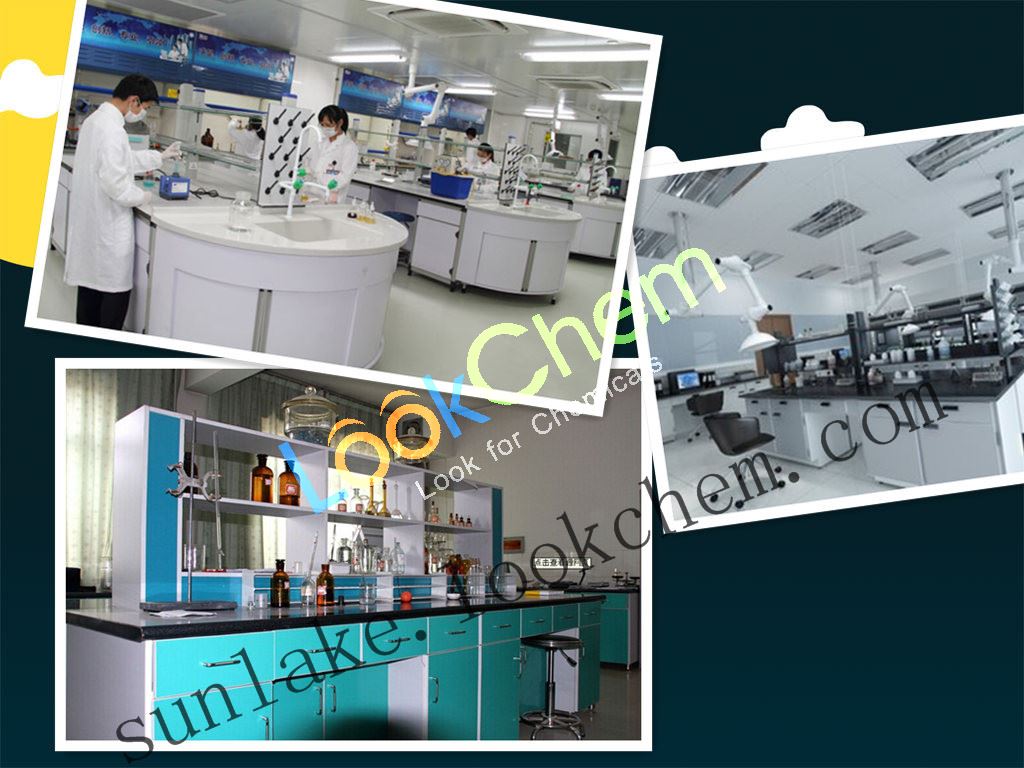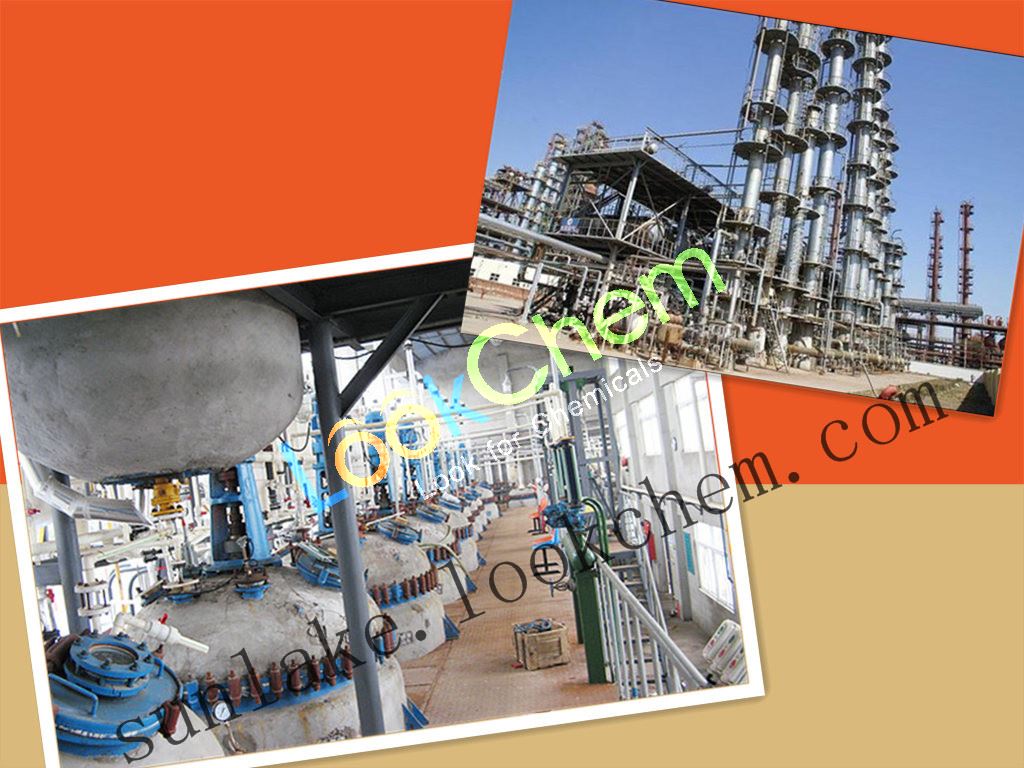- Min.Order :100 Gram
- Purity: 99%
- Payment Terms : L/C,D/A,D/P,T/T,Other
Keywords
antibioticsm7338 ici194660 EROPENEM, USP STANDARD
Quick Details
- Appearance: white to brown low melting crystalline solid
- Application: 96036-03-2
- PackAge:1g;5g;10g;25g;50g;100g;500g;1KG;5KG,25kg,50kg or as customers request
- ProductionCapacity:100|Kilogram|Month
- Storage:2-8, cold storage, to avoid light storage.
- Transportation:BY SEA /BY AIR /BY COURIER
Superiority:
| Meropenem Basic information |
| Product Name: | Meropenem |
| Synonyms: | (4r,5s,6s)-3-[[(3s,5s)-5-dimethylcarbamoylpyrrolidin-3-;(4r,5s,6s)-3-[[(3s,5s)-5-(dimethylcarbamoyl)pyrrolidin-3-yl]thio]-6-[(1r)-1-hydroxyethyl]-4-methyl-7-oxo-1-azabicyclo[3.2.0]hept-2-ene-2-carboxylic acid;)-3-pyrrolidinyl)thio)-6-(1-hydroxyethyl)-4-methyl-7-oxo-,(4r-(3(s*,5s*),4-al;5-beta,6-beta(r*)))-ph;antibioticsm7338;ici194660;MEROPENEM, USP STANDARD;MEROPENAM |
| CAS: | 96036-03-2 |
| MF: | C17H25N3O5S |
| MW: | 383.46 |
| EINECS: | |
| Product Categories: | Active Pharmaceutical Ingredients;Antibacterial;Cnbio;pharmaceutical intermediates;ARAVA |
| Mol File: | 96036-03-2.mol |
|
|
|
| Meropenem Chemical Properties |
| CAS DataBase Reference | 96036-03-2(CAS DataBase Reference) |
| Safety Information |
| Hazard Codes | Xi |
| Risk Statements | 36/37/38 |
| Safety Statements | 26-37/39 |
| HS Code | 29419000 |
| Meropenem Usage And Synthesis |
| Semi-synthetic carbapenem antibiotics | Meropenem is another kind of parenteral administrated semi-synthetic carbapenem antibiotics after imipenem-cilastatin has entered into market in the United State. It can inhibit the bacterial cell wall synthesis through binding with the penicillin-binding proteins involved in cell wall synthesis (PBPs) through its covalent bond, thus playing its antibacterial effect. Both Gram-positive bacteria and Gram-negative bacteria are sensitive to it. It has a particular strong antibacterial activity against gram negative bacteria. For example, the minimum inhibitory concentration (MIC) of it on about 90% of Enterobacter was about 0.08-0.15mg/L with more than 90% of the Pseudomonas aeruginosa strains (MIC <4mg / L) being highly sensitive to it as well as all Haemophilus including their ampicillin-resistant strains being highly sensitive to it (MIC of 0.06-1mg / L). Neisseria gonorrhoeae is also highly sensitive to meropenem whose activity is 15 fold as high as imipenem. Staphylococcus epidermidis, Staphylococcus saprophyticus and other coagulase-negative staphylococci is also sensitive to meropenem. The majority strains of Enterococcus faecalis are highly or moderately sensitive to meropenem. A concentration of MIC (0.06-4mg / L) of meropenem can almost suppress all of Bacteroides fragilis. Anaerobe such as Peptostreptococcus, Propionibacterium, and Actinomyces are also sensitive to meropenem. |
| Indications |
Clinically, meropenem is suitable for treating the following infections caused by susceptible strains: 1. Respiratory infections such as chronic bronchitis, nosocomial pneumonia, lung abscess and empyema. 2. Intra-abdominal infections such as cholecystitis, cholangitis, liver abscess and peritonitis. 3. Urinary and reproductive system infections, such as pyelonephritis and complicated cystitis, endometritis, adnexitis, intrauterine infections, pelvic inflammatory disease and uterine connective tissue. 4. Bones, joints and skin and soft tissue infections such as cellulitis, anal abscess, osteomyelitis, arthritis, trauma, wound infection, burn wound infections, surgical wound infections, maxilla and mandible surrounding cellulitis. 5. Eye and ENT infections. 6. Empirical treatment; for patients of adult neutropenia with fever, the drug can be used alone or be used in combination with antiviral or antifungal drugs. 7. It can be used either alone or in combination with other anti-microbial agents for the treatment of complex infections. 8. Other serious infections, such as meningitis, septicemia. |
| Antibacterial scope |
Gram-positive aerobes: Staphylococcus aureus (including β- lactamase producing strains), Staphylococcus epidermidis (including β- lactamase producing strains), Streptococcus pneumoniae, Streptococcus pyogenes, Streptococcus agalactiae, Streptococcus viridans, Enterococcus faecalis, Enterococcus feces, Nocardia, and Listeria monocyogenes. Gram-negative aerobic bacteria: Klebsiella, Klebsiella ozaenae, Klebsiella pneumoniae, Legionella spp., Enterobacter aerogenes, Enterobacter cloacae, Escherichia coli, Pseudomonas, Pseudomonas aeruginosa, Morganella morganii, Salmonella, Salmonella typhi (including β- lactamase producing strains), Serratia, Shigella, Yersinia, deformation spp, Pasteurella spp., Neisseria gonorrhoeae, Citrobacter spp., Haemophilus, Haemophilus influenzae, Alcaligenes, Acinetobacter spp., and Campylobacter spp. Gram-positive anaerobic bacteria: Actinomyces, Clostridium, Peptococcus, Peptostreptococcus and Propionibacterium. Gram-negative anaerobic bacteria: Bacteroides, Bacteroides fragilis, Fusobacterium gangrene and veillonella. |
| Comparison among three kinds of carbapenems antibiotics |
Meropenem, imipenem and panipenem, all these three kinds of carbapenems class antibiotics have good antibacterial activity against all kinds of G + and G- bacteria, aerobe and anaerobe. Clinically it is mostly used for treating the severe infection, mixed infection, nosocomial infection and immuno-deficient infection caused by enzyme-producing strain, and multi-drug resistant strains as well as G- strain. The differences between the three antibiotics are as follows: 1, each of them has their own focus regarding its antibacterial effect. They have a similar antibacterial spectrum against the anaerobes. For aerobic non-fermentation gram negative bacteria, meropenem has the strongest antibacterial activity, followed by imipenem, panipenem. For G+ bacteria, panipenem has the strongest antibacterial activity. 2, for the adverse reactions of the central nervous system, the imipenem can cause the highest incidence with the incidence of the meropenem and panipenem being low. 3, Imipenem is unstable under the reaction of human renal dehydropeptidase, thus should be used in combination with the enzyme inhibitor cilastatin. Meropenem and panipenem is stable to the human renal dehydropeptidase. Panipenem have some extent of kidney toxicity with often being used together with betamethasone in order to reduce the nephrotoxicity. 4, imipenem and panipenem is only be available for intravenous injection. Intramuscular injection can also be applied for administration of meropenem. The above information is edited by the Chemicalbook of Dai Xiongfeng. |
| Dosage |
Meropenem injection Specification: 0.5g; 0.25g. Solution preparation: After dilution with a suitable solution, within 15 to 30 min, apply intravenous infusion or intravenous injection via dilution with sterile water in 3-5 minutes. Adult Intravenous administration: General dose: administer of 500 mg-1000 mg every eight hours. Dose upon severe infection: administer 500-2000 mg of drug every 8 hour. Medication for special Populations: 1. Dose of renal insufficiency: for patients of creatinine clearance rate being 26mL / min-50mL / min, administer 1000 mg of drug at every 12 hours; for patients of creatinine clearance rate being 10mL / min-25mL / min, administer 500 mg of drug at every 12 hour; for patients with creatinine clearance being less than 10 mL / min, administer 500 mg of drug at every 24 hour. 2. Dose of patients of liver dysfunction: patients of mild liver dysfunction don’t need dose adjustment. 3. Dose of elderly patients: the elderly should reduce the dose due to prolonged half-life. 4. The dose upon dialysis: dialysis patients are recommended to increase the dose during hemodialysis. Child Pediatric dose should be 10-20mg / kg with 3 times a day. |
| Adverse reactions |
Serious adverse reactions are rare. Adverse reactions observed in clinical trials include the following: 1, inflammation in the injection site inflammation, thrombophlebitis and pain in injection site. 2, Rash, itching, and hives. 3, abdominal pain, nausea, vomiting, diarrhea. 4, reversible eosinophilia, thrombocytopenia, and neutropenia. Positive results in direct or indirect Coombs test occurred in some patients. 5, the concentration of serum bilirubin, transaminases, alkaline phosphatase and lactate dehydrogenase can reversibly increases. 6, headache and paresthesia. 7, oral and vaginal candidiasis. |
| Drug Interactions |
1. Combined therapy with probenecid can reduce the plasma clearance of meropenem while extending the half-life of meropenem. 2. Simultaneous application of typhoid vaccine may interfere with the immune response of live typhoid vaccine. 3. It has been reported that combination with antiepileptic drugs can reduce the plasma concentrations of anti-epileptic drugs. 4. Combination with zidovudine, ondansetron, vitamins, doxycycline, diazepam, calcium gluconate and acyclovir belong to combination compatibility. |
| Application | It is a kind of anti-infection drugs and a kind of antibiotics. |
| Chemical Properties | 1KG; |
| Usage | antineoplastic, PDGF receptor blocker, immunomodulator |
Service we provide:
1. Mixed container, we can mix different items in one container.
2. Quality control, before shipment, free sample for test. after shipment, keep sample for 3 years
3. Prompt shipment with professional documents
4. Packing as your request, with photo before shipment
Details:
- Exhibition in shanghai
We have clients throughout the world:
Professional service and rich experience make customers feel at ease, adequate stock and fast delivery meet your desire.

Our Laboratoy
We have our own independent lab test center:
This makes sure that our technology support is reliable and authoritative.All of self-owned fine chemicals are manufactured strictly in accordance with international standard.,and also has scientific cooperation with local colleges and institutes.

Our factory
High quality with competitive price:
We are manufacturer and can provide high quality products with factory price

Package & Shipment
Fast and safe delivery:
Parcels can be sent out within 24 hours after payment. Tracking number is available
Secure and discreet shipment. You have various choices of transportation methods

You Might Also Like
Related Searches
About|Contact|Cas|Product Name|Molecular|Country|Encyclopedia
Message|New Cas|MSDS|Service|Advertisement|CAS DataBase|Article Data|Manufacturers | Chemical Catalog
©2008 LookChem.com,License: ICP
NO.:Zhejiang16009103
complaints:service@lookchem.com Desktop View